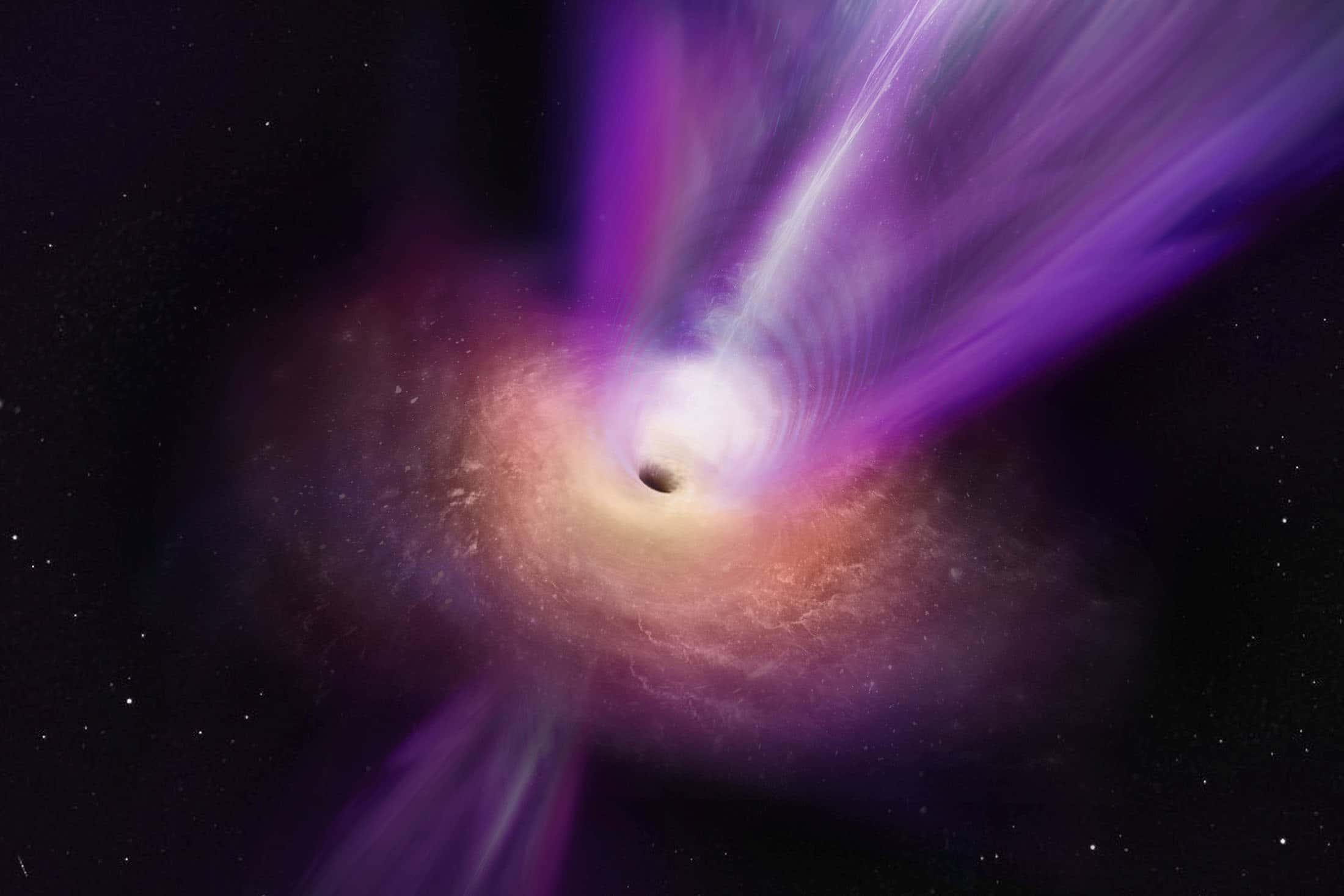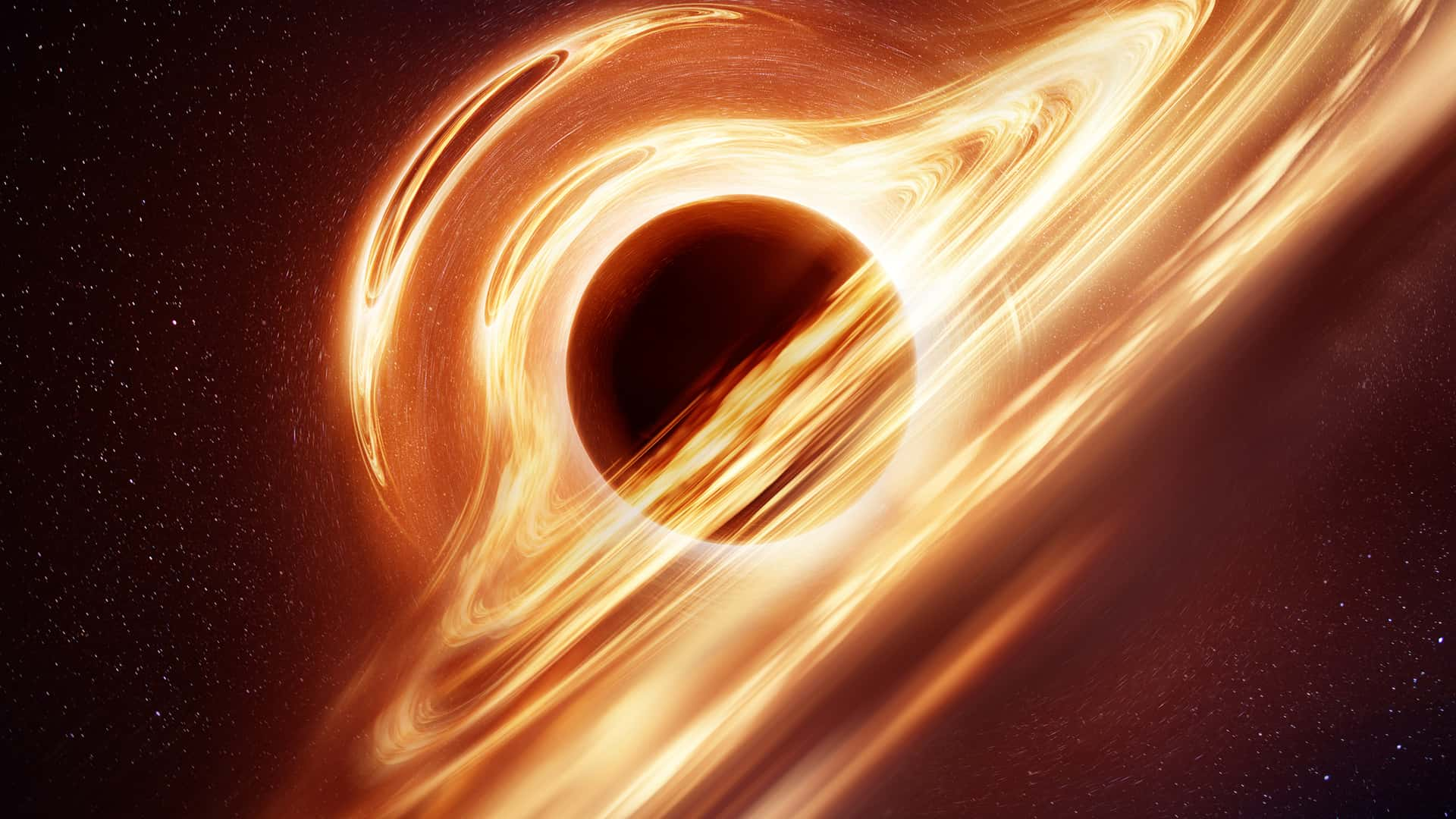This remarkable event was witnessed through an Earth-sized antenna formed by a network of radio telescopes, including the RadioAstron space telescope.

In a groundbreaking observation, scientists have captured a vivid portrayal of a supermassive black hole propelling a plasma jet at nearly the speed of light
The target of this investigation was the heart of the distant blazar, 3C 279. This unprecedented view offers the most intricate insights ever gained into the emergence of an astrophysical jet from a supermassive black hole. The images challenge established theories that have prevailed for four decades, shedding new light on the creation and evolution of these jets. Antonio Fuentes, leader of the research team from the Institute of Astrophysics of Andalusia, emphasized the significance of this achievement.
Blazars like 3C 279 are luminous cores of galaxies, emitting intense light due to the presence of a feeding supermassive black hole. These supermassive black holes actively ingest surrounding matter, shaping it into accretion disks of gas and dust. Known collectively as active galactic nuclei, these phenomena often outshine the combined luminosity of all neighboring stars.
Approximately 10% of active galactic nuclei eject astrophysical jets during their feeding process, labeled as quasars
When these jets directly target Earth, they are termed blazars. The recent observations of 3C 279 disclosed unprecedented details about the plasma jet and the central supermassive black hole. The team identified at least two entwined plasma filaments spanning an astonishing 570 light-years from their source. These jets exhibit intricate twists and turns, influenced by the central supermassive black hole. This new information suggests a need to revisit prior theories concerning jet evolution and magnetic field involvement. The research underscores the importance of refined models and advanced radio telescope technologies for a deeper understanding of blazars and their jets.
READ ALSO: Revolutionary Deep Learning Unveils Secrets Of Super Nova Explosions, Illuminating Cosmic Evolution




